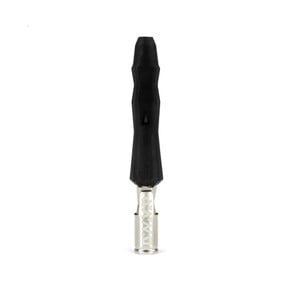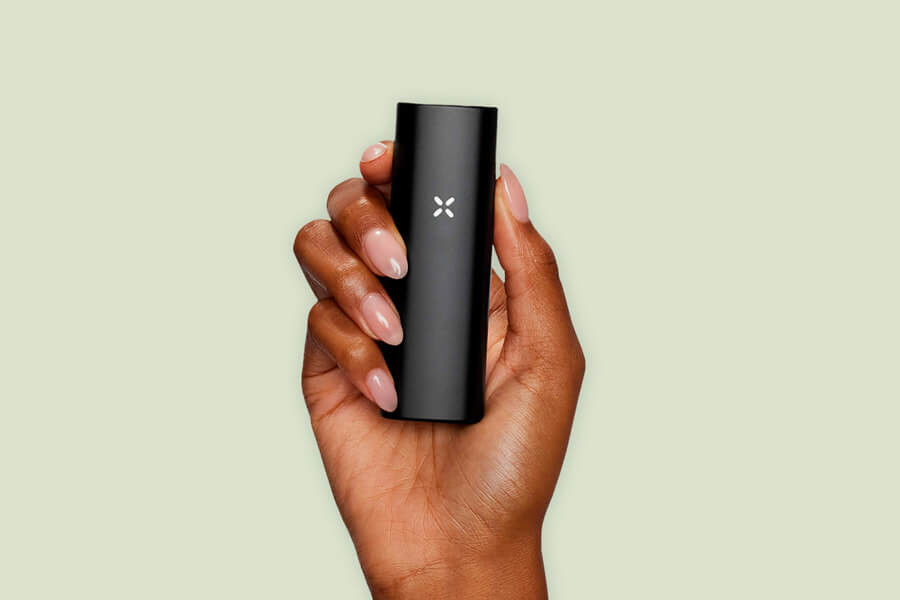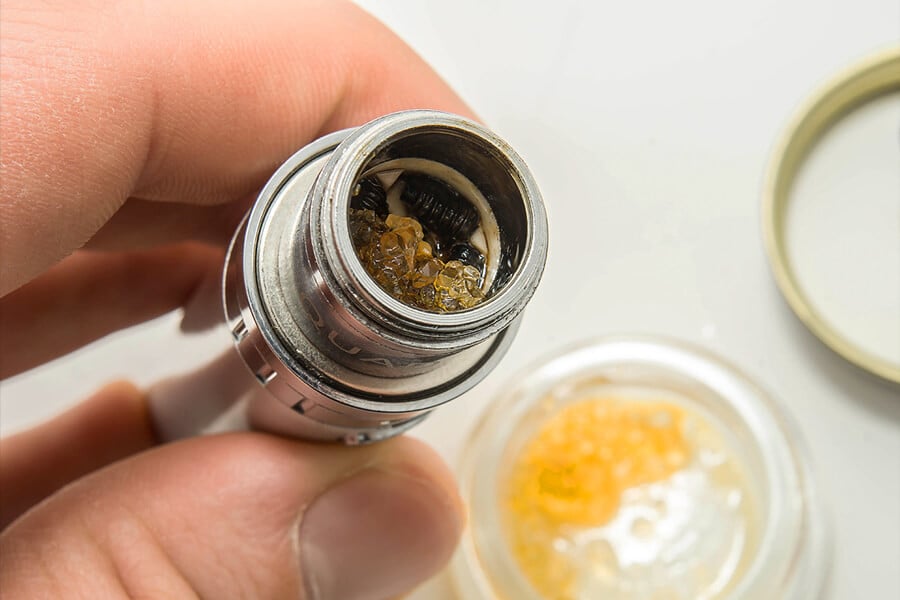.
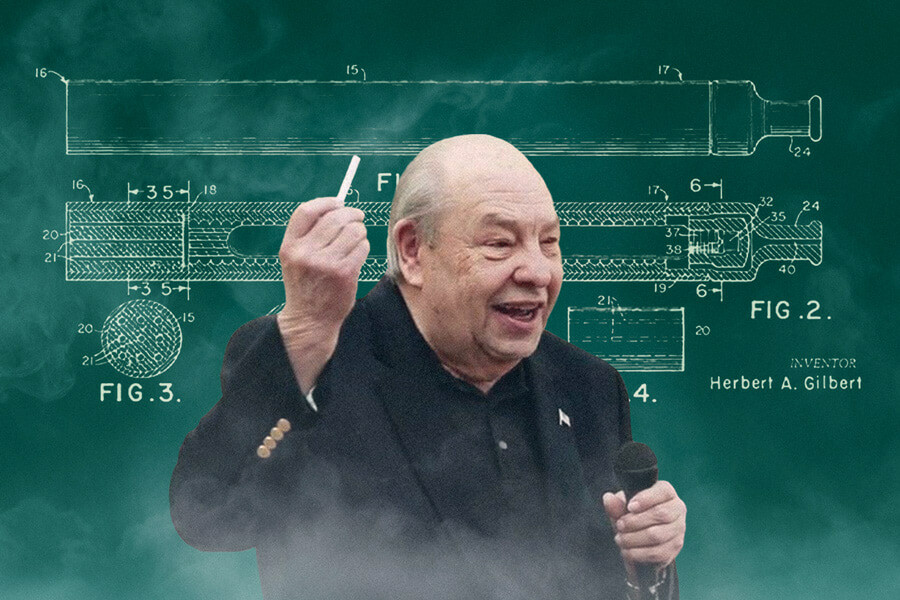
History of Vaporizers
Humans, it turns out, have been vaporizing herbs for the purposes of relaxation and healing for quite some time. Here we track the past, present, and future of vaporizers, offering some clarity on this game-changing technology. Let's bypass the "hot air" and get straight to the nitty-gritty!
Contents:
Vaporizers, better known as vapes, come in all shapes and sizes, and can be put to various uses. Whether you’re a health-conscious cannabis user who wants to reduce the amount of toxic chemicals they inhale, or a connoisseur who wants to experience the full range of terpenes untainted by combustion, there are plenty of reasons to choose vapor over smoke.
The recent surge in vaporizers, from portable herb vaporizers to nicotine vape “bars”, may make it seem as though these devices sprung out of creation very recently. And though vapes in their modern forms are fairly new inventions, the act of inhaling vapor can be traced back millennia. In this article, we look into that history.


Vaporizers vs Vape Pens
Before diving into the history, it’s essential to clarify the difference between vaporizers and vape pens. Though the terms are often used interchangeably, for many they have a distinct meaning.
Vaporizers are devices that heat substances to a temperature at which they release vapor without combustion. So, dry herb vapes, or any vape where you fill the chamber with a substance, fit into this category.
On the other hand, vape pens are a subset of vaporizers typically designed for convenience and portability, and primarily use e-liquids. These come prefilled and are usually disposable, meant for single usage.

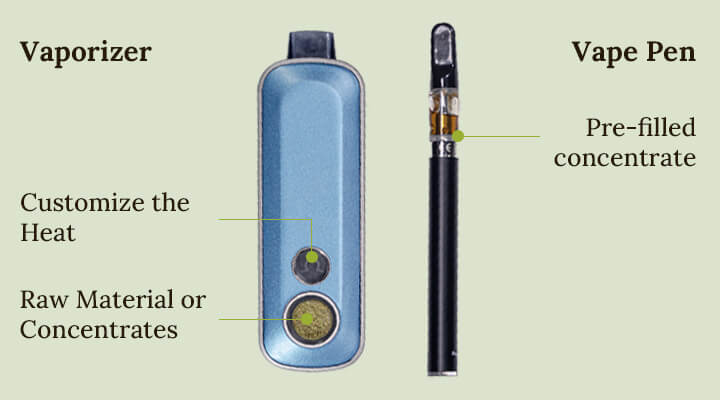
How Vaporizers Work
The principle behind vaporizers is straightforward—they vaporize! Vapes heat substances to a specific temperature at which point they release their active compounds in the form of vapor. Crucially, they do this without combusting (burning) the substance. Therefore, while they release terpenes and cannabinoids, many of the other compounds remain in the plant matter, meaning the user has a cleaner experience and inhales fewer toxins.
There are two primary heating methods: conduction and convection, and some vaporizers will employ both of these methods simultaneously. Conduction heating involves direct contact between the heat source and the material, while convection heating uses hot air to evenly vaporize the substance.


Ancient Origins of Vaporization
Now, the ancients (as far as we know) weren’t sucking blue raspberry-flavoured vapor from little plastic devices. Nevertheless, there is evidence to suggest that some cultures did deliberately vaporize certain substances, most likely in order to release their terpenes and enjoy the many benefits of the natural fragrances.
- Ancient Egypt
- Hieroglyphics suggest that ancient Egyptians used aromatic herbs and resins during ceremonies and healing rituals. The inhalation of fragrant vapors was believed to connect individuals with the divine and promote well-being—as far as we know. Though there is a wealth of evidence pertaining to ancient Egyptian society, it is notoriously hard to make sense of some of it, and claims such as this are always, to some degree, conjecture.
One known perfume, known as Mendesian, is thought to have had a spicy and musky scent, and may even have been worn by Cleopatra herself. It is also thought that certain vaporized herbs and concoctions may have been used to ward off diseases such as the plague, although their efficacy is uncertain. - Chinese Medicine
- In traditional Chinese medicine, fumigation practices involved placing heated herbs in a closed container to release therapeutic compounds as vapor. This method was used to treat various ailments and to purify the air—and they may have been onto something. Modern research into terpenes is demonstrating that these compounds don’t just smell good, but may indeed have some therapeutic functions.
- Ayurvedic Tradition
- In Ayurveda, an ancient Indian medical system, herbal steam inhalation, known as dhumapana, was utilised to treat respiratory ailments, clear sinuses, and promote better respiratory health. Aromatic and medicinal herbs were heated over hot coals or boiling water in order to release their terpenes in the form of vapor.
- Native American Tradition
- Native American tribes, such as the Lakota and Cherokee, used sweat lodges and herbal steam baths as purification rituals. A sweat lodge is a temporary or permanent structure central to certain Native American cultures, and was frequently used in spiritual ceremonies. They were often low, dome-shaped structures, in the middle of which would contain heated rocks that produce steam when water is poured on them. Much like a contemporary steam room, the temperature would then rise, along with increased water vapor, inducing heavy sweating and facilitating both physical and spiritual cleansing.
- Greek and Roman Cultures
- The Greeks and Romans also used their own vaporization techniques. They vaporized herbs over hot stones and inhaled the vapor for relaxation and therapeutic purposes. The Roman Empire, in particular, embraced steam baths infused with herbs as a means of relaxation and health enhancement. In fact, the Romans are even thought to have inhaled cannabis that was vaporized or burned on hot stones/coals, using thin straws. If this is indeed true, then it may be the first example of getting high using vapor.
The First Electronic Vaporizer
The evolution of vaporizers took a significant leap in the 20th century, with the invention of the first electronic vape. In the 1960s, Herbert A Gilbert patented the first electronic cigarette, which was the precursor to modern vaporizers. But it would still take a while until they hit the shelves for consumers; around half a century, in fact. It wasn’t until 2003 that the first commercial e-cigarette was developed by Chinese pharmacist Hon Lik. This invention marked the beginning of the contemporary vaping industry, and how far we’ve come in so little time!
Types of Vaporizers
These days, there are plenty of vaporizers to choose from, depending on your preferences and needs. While we have a detailed article on this topic, here’s a quick overview for context.
- Desktop vaporizers: These are larger units designed for home use, offering precise temperature control and excellent vapor quality. Storz & Bickel’s Volcano is a prime example.
Volcano Hybrid
|
|
Convection |
|
|
26 x 26 x 26 cm |
|
|
1.600 gr |
|
|
40ºC - 230ºC / 104ºF - 219ºF |
|
|
3 - 5 min |
|
|
6,5 CM³ |
|
|
Digital |
|
|
Dry herbs & concentrates |
- Portable vaporizers: Compact and convenient, these vaporizers are perfect for on-the-go use. The PAX series is a popular choice among users and is considered the “Apple” of the vape world.
PAX Plus Vaporizer
|
|
Conduction |
|
|
3.1 × 2.2 × 9.8 cm |
|
|
91 gr |
|
|
182 - 215ºC / 360 - 420ºF |
|
|
20 - 30 sec |
|
|
0,5 gr |
|
|
Digital & manual |
|
|
Dry herbs & concentrates |
- Vape pens: Sleek and discreet, vape pens are ideal for e-liquids and concentrates. DynaVap offers a range of high-quality vape pens that are both stylish and efficient.
DynaVap - The B
|
|
Conduction & Convection |
|
|
8.9 × 1,4 × 1,4 cm |
|
|
13 g |
|
|
150°C - 230°C / 300°F - 450°F |
|
|
10 sec |
|
|
0,1 gr |
|
|
Manual |
|
|
Dry Herbs |
Technological Advancements
Since the early 2000s, vaporizers have undergone significant advancements in design, functionality, and technology, to the point that they may soon overtake or even replace smoking as the choice method of substance inhalation. Modern vaporizers offer a range of features that enhance the user experience.
Design and Functionality
Today’s vaporizers are designed with user comfort and convenience in mind. Sleek, portable designs allow for discreet use, while ergonomic features ensure a comfortable grip. Depending on the design, functionality can range from simple and streamlined to endlessly customisable. Neither is better or worse—it just depends what your personal preferences are.
Temperature Control
Precise temperature control is a critical advancement in vaporizer technology. Devices like the Firefly and PAX series allow users to adjust the temperature to their preference, ensuring optimal vaporization of different materials. In fact, no dry herb vaporizer can really enter the market now if it doesn’t have some degree of temperature control, as this is essential to isolating certain terpenes and cannabinoids.
Some models allow an incredible degree of customisation, with users being able to change the temperature in single-degree increments. Others, like the PAX models, have four presets to choose from, while others may adjust by 10 or 20 degrees at a time.
Convection Heating
Convection heating has revolutionised the vaping experience by using hot air to vaporize materials, instead of hot surfaces. This reduces combustion still further and creates an optimally smooth and clean experience. Devices like the Firefly provide a more even and efficient extraction of active compounds compared to conduction vapes.
Bluetooth Connectivity
Some vapes now come with Bluetooth connectivity so that you can operate them via an app on your phone, instead of via the device itself. Function or fad? You decide.


Future Trends in Vaporizers
There’s still a long way to go with vaporizers, and we can expect more from them in the coming years. Maybe soon they’ll also be able to talk to us and be our friends…
Smart Integration
Future vaporizers are expected to integrate even more with smart technology. Apps will not only control the device but offer personalised experiences based on user preferences and usage patterns. This would likely involve the introduction of machine learning to apps, so that, over time, vapes can optimise themselves to your unique vaping style.
Precision Dosing
Advancements in sensors and algorithms will enable vaporizers to deliver specific doses of active compounds tailored to individual needs, ensuring consistent and controlled experiences. This will impact all users, but could be especially relevant to those who consider themselves medicinal cannabis users, as it will allow them to adjust their use to their specific needs.
Enhanced Safety Measures
Future vaporizers will likely feature advanced safety measures to prevent overheating and combustion, minimising the risk of harmful compounds being released. This would still further negate the negative health effects associated with inhaling compounds, and at the same time improve the overall quality of the experience and longevity of the device itself.
Vapes: Past, Present, Future
From ancient rituals to modern technological marvels, the history of vaporization can be traced back surprisingly far, and to all manner of different cultures. As technology continues to advance, vaporizers will undoubtedly become even more sophisticated, offering users safer, more personalised, and health-conscious experiences that will ever increase the precision with which we can get high!




























